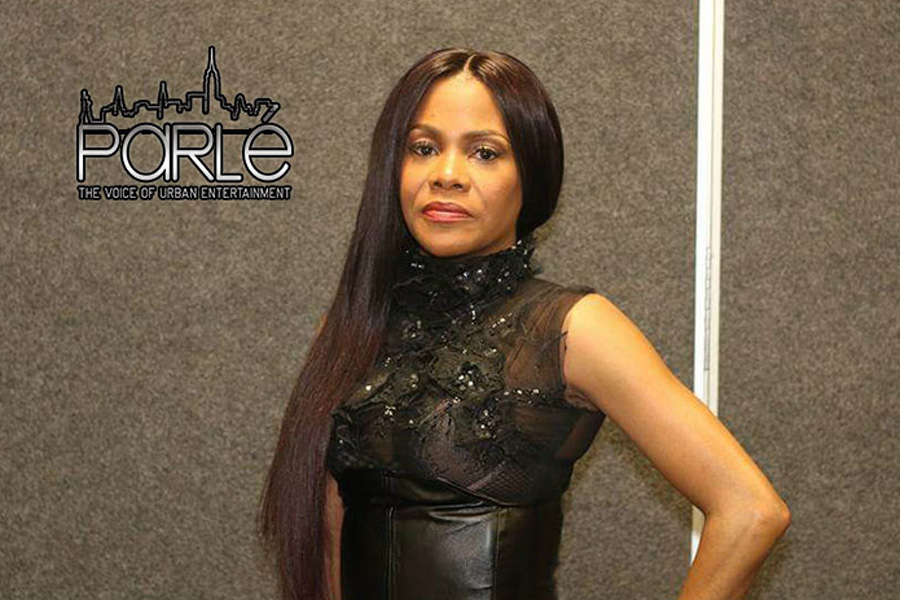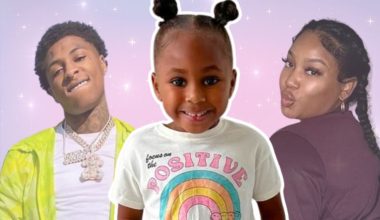Basic Information
| Field | Details |
|---|---|
| Name (as requested) | Jakima Raynor |
| Alternate public spellings / names | Kima Raynor; Jakima Raynor Dyson |
| Profession / Public role | Singer — known as a member of a 1990s R&B group (Total) |
| Record label association (publicly linked) | Bad Boy Records (1990s era associations) |
| Notable family relationship | Sister of rapper LaVita “Vita” Raynor |
| Era of prominence | Mid-to-late 1990s (group activity, features, reunion appearances) |
| Net worth (publicly verifiable) | No authoritative public estimate available |
| Public visibility | Event appearances, interviews, social media mentions, photo credits |
Early life, family rhythms, and the name that loops in my ear
When I think of Jakima Raynor, I imagine a voice that slides into a chorus the way sunlight slips between theater curtains — warm, intentional, and somehow the perfect supporting light. Jakima’s public portrait is stitched together from group credits, event photographs, and the occasional interview; she occupies that sweet space where R&B harmony meets city-story grit. Family, above all, appears as the constant drumbeat: she’s known publicly as the sister of LaVita “Vita” Raynor, the rapper who surfaced in the late 1990s scene and who has stayed visible in music circles.
Names in pop culture can be like stage lights — they shift and read differently depending on the angle. In various mentions Jakima appears as Kima Raynor or even Jakima Raynor Dyson; I keep your original spelling here, because names are anchors. The sibling bond — Jakima and Vita — reads like an old-school duet: one voice on the mic, the other leaning into the hook, each amplifying the other’s spotlight.
Career highlights and a timeline you can skim between the songs
I like timelines — they’re the script of a life in beats and breaths. For Jakima, the timeline is less a single solo lead and more a score of collaborative movements.
| Approx. Year / Period | Event / Note |
|---|---|
| Mid-1990s | Member of the R&B group Total, active in the Bad Boy Records era and the 1990s R&B landscape. |
| 1990s–2000s | Group features, photo credits, and appearances tied to label events and collaborations. |
| 2010s–2020s | Reunion appearances, interviews reflecting on the group’s history; social media mentions and event photo credits. |
Total was part of a cultural wave — the tight harmonies, the layered production, the guest verses — and Jakima fit into that mix. Her public career reads like a collaborative song: the spotlight is shared, the credits are communal, and the resonance lasts because the music of that decade keeps getting pressed into playlists and nostalgia sets.
Numbers matter here mostly as markers: decades, reunion years, photo-credit dates — they map public activity more than private milestones. There’s power in that: being part of a movement often outlives headline runs and gives a person a slow-building legacy.
The family map — introductions and portraits
Family in this story is both literal and atmospheric. Here’s how the key players appear in the public frame:
- LaVita “Vita” Raynor (sister): The sibling most often spoken of alongside Jakima. Vita’s profile as a rapper and occasional actress created crossover flashes — film references and guest verses — and the two have appeared together across social posts and event galleries. Think of Vita as the brash lead in a jazz solo and Jakima as the harmonic line that makes the solo richer.
- Parents / Extended family: Publicly sparse. There are hints and affectionate shout-outs in social posts, occasionally references to family roots, and fan-circulated photos that imply a close-knit background — but no consistent public record of parents’ names or full family tree in mainstream biographies. The absence reads like a shadow in a film noir: present, suggestive, but not fully lit.
I tell this in the first person because family always feels intimate — I’m not claiming I was backstage, only that the public artifacts (photos, interviews, taglines) create a believable portrait: sisters, shared moments, musical DNA.
Public presence, net worth whispers, and what the numbers actually say
Here’s the blunt paragraph: there’s no authoritative, public net-worth number attached to Jakima Raynor. That’s not unusual for artists who built their careers as part of groups and through features; royalty arrangements, private contracts, and decades of shifting revenue streams make single-number claims unreliable.
What you do find are event photo credits, interview quotes, and social media tags — the pattern of presence rather than a monetary ledger. Fan posts sometimes float speculative figures, but speculation is confetti in this context: flashy, colorful, and not a reliable foundation for financial reporting.
Numbers you can trust in this piece are the round markers: decades of activity (1990s prominence), reunion moments (2010s–2020s), and the continual reappearance of these artists in nostalgia circuits that keep catalogs alive.
Stories, social chatter, and the rumor mill (the good kind)
Gossip, in the way tabloids crank it, largely skips Jakima — she’s not been part of scandal sheets. Instead, the chatter is celebratory: reunion shots, throwback posts, fans tagging vintage tracks, the kind of social media murmurs that say, quietly, “You mattered.” Event galleries capture the present-tense proof: she shows up, she’s credited, she looks part of the story being told.
The social streams that do mention Jakima often do so in the context of family moments — birthday posts, sibling tags, reunion snapshots — or in the context of Total’s legacy. Those are the stories I’d call the human-interest kind: small, repeatable, and ultimately kind.
How I read the record — a few lines on legacy and light
If I had to write a movie pitch in one breath: Jakima Raynor is a character in the soundtrack of 1990s R&B, a supporting harmony with a familial motif — sister to a noted rapper, member of a group that stitched itself into the era’s fabric. The public record is like a film reel with a few missing frames; you can see the outline, the gestures, the key scenes — but some close-ups are private. That mystery is part of the allure: she’s both known and quietly herself.
FAQ
Who is Jakima Raynor?
Jakima Raynor is a singer publicly associated with the R&B group Total and is known in the public record as the sister of rapper LaVita “Vita” Raynor.
Is Jakima Raynor the same person as Kima Raynor?
Yes — public mentions vary between Jakima and Kima Raynor, and she’s also sometimes referred to as Jakima Raynor Dyson; I retained your original spelling throughout.
What is Jakima Raynor’s net worth?
There is no authoritative, verifiable public estimate of Jakima Raynor’s net worth available.
What is Jakima’s relationship with Vita?
They are publicly identified as sisters and have appeared together in social posts and event mentions, which supports a close family connection.
Was Jakima a solo artist in the 1990s?
Jakima’s public career is primarily tied to her membership in the group Total and collaborative features rather than a widely documented solo discography.
Are there scandals or big gossip stories about Jakima?
No major scandals or tabloid exposés appear in the public mentions; most coverage is event photos, interviews, and nostalgic reposts.
Where can I see Jakima Raynor today?
She appears in event photo credits, reunion appearances, and social media mentions — public visibility that comes through group nostalgia circuits and industry gatherings.
Can I find detailed family records for Jakima online?
Publicly available biographies and fan sources offer limited family detail; parents’ full names and private records are not consistently documented in mainstream public sources.



